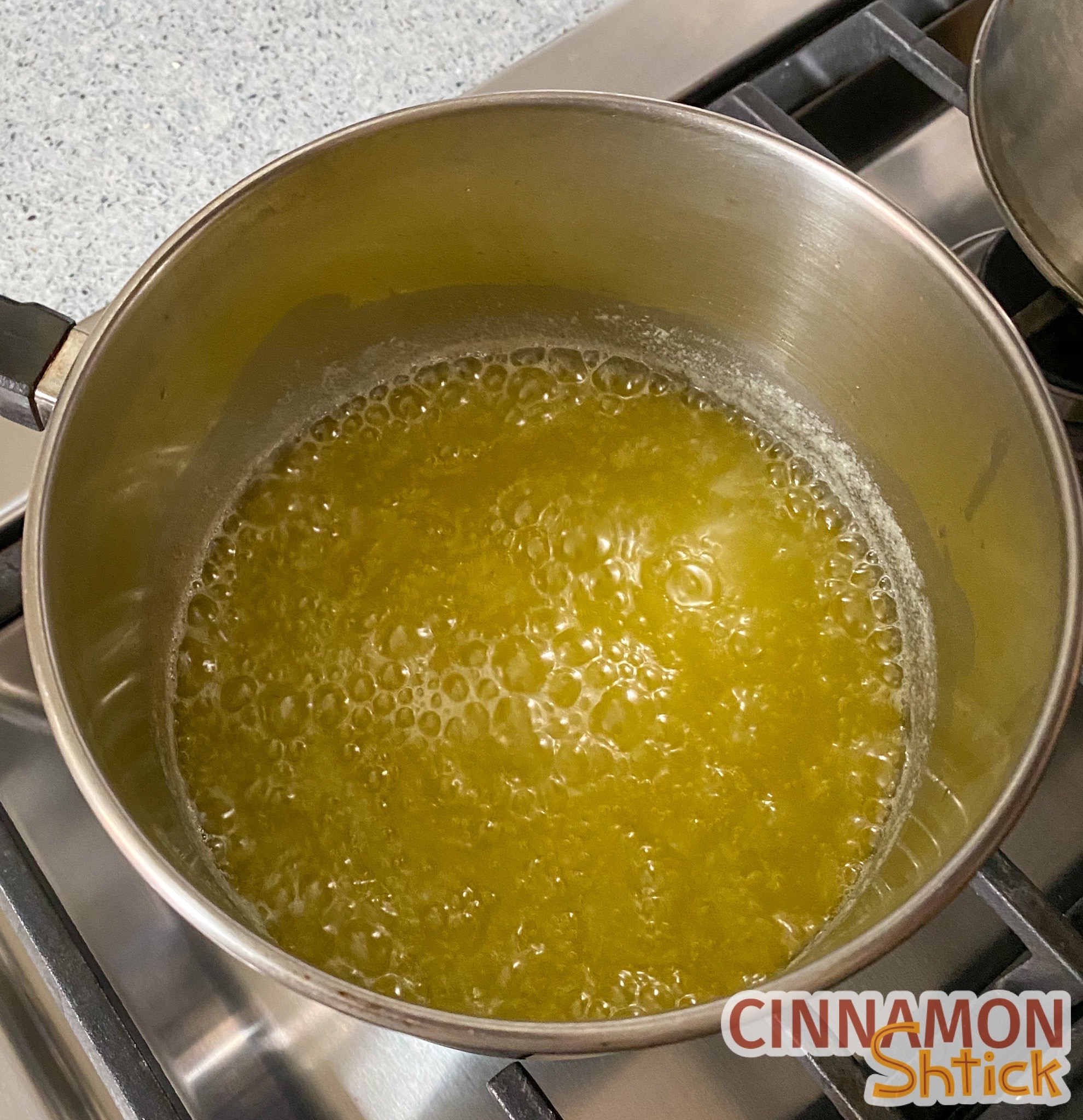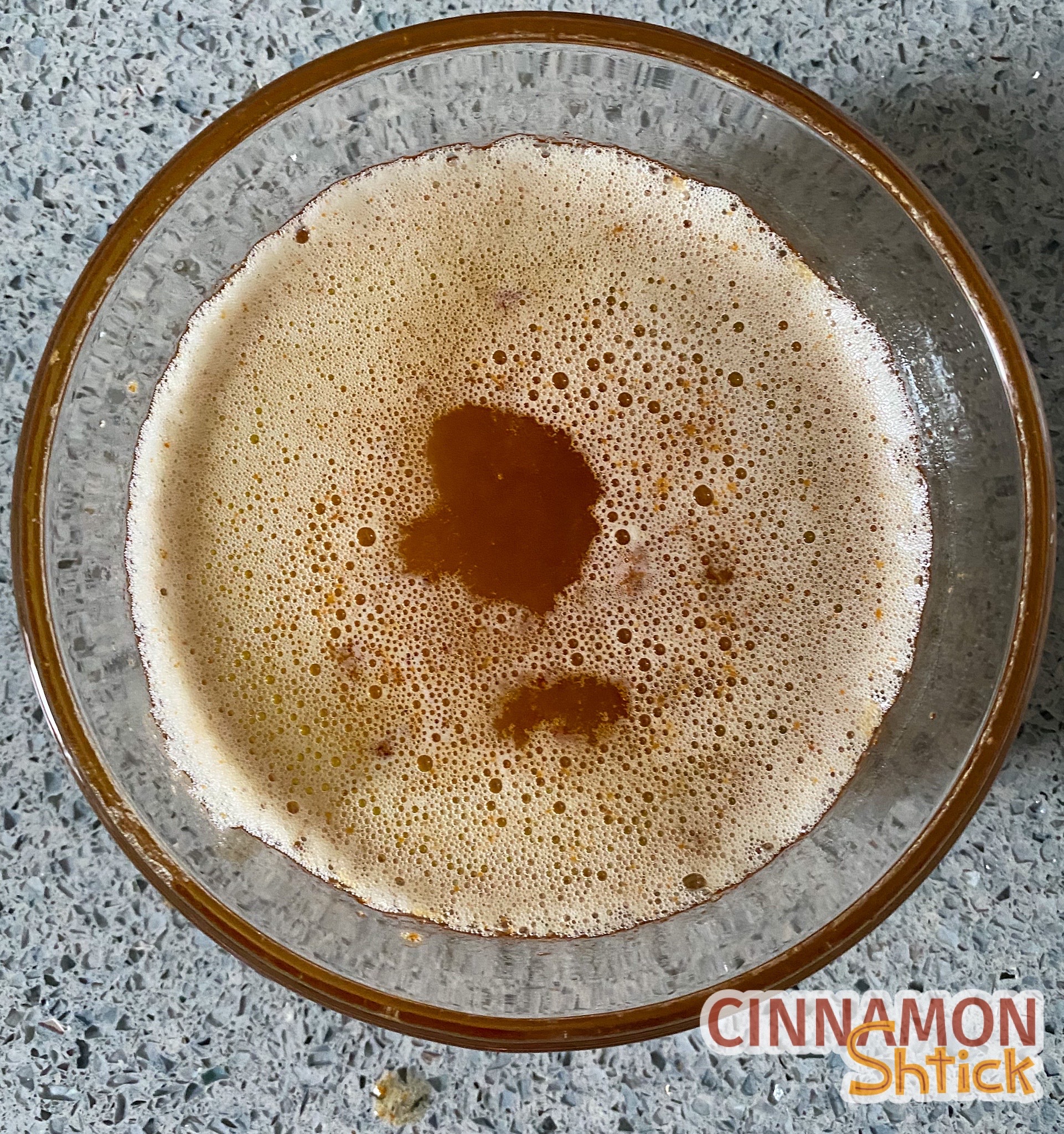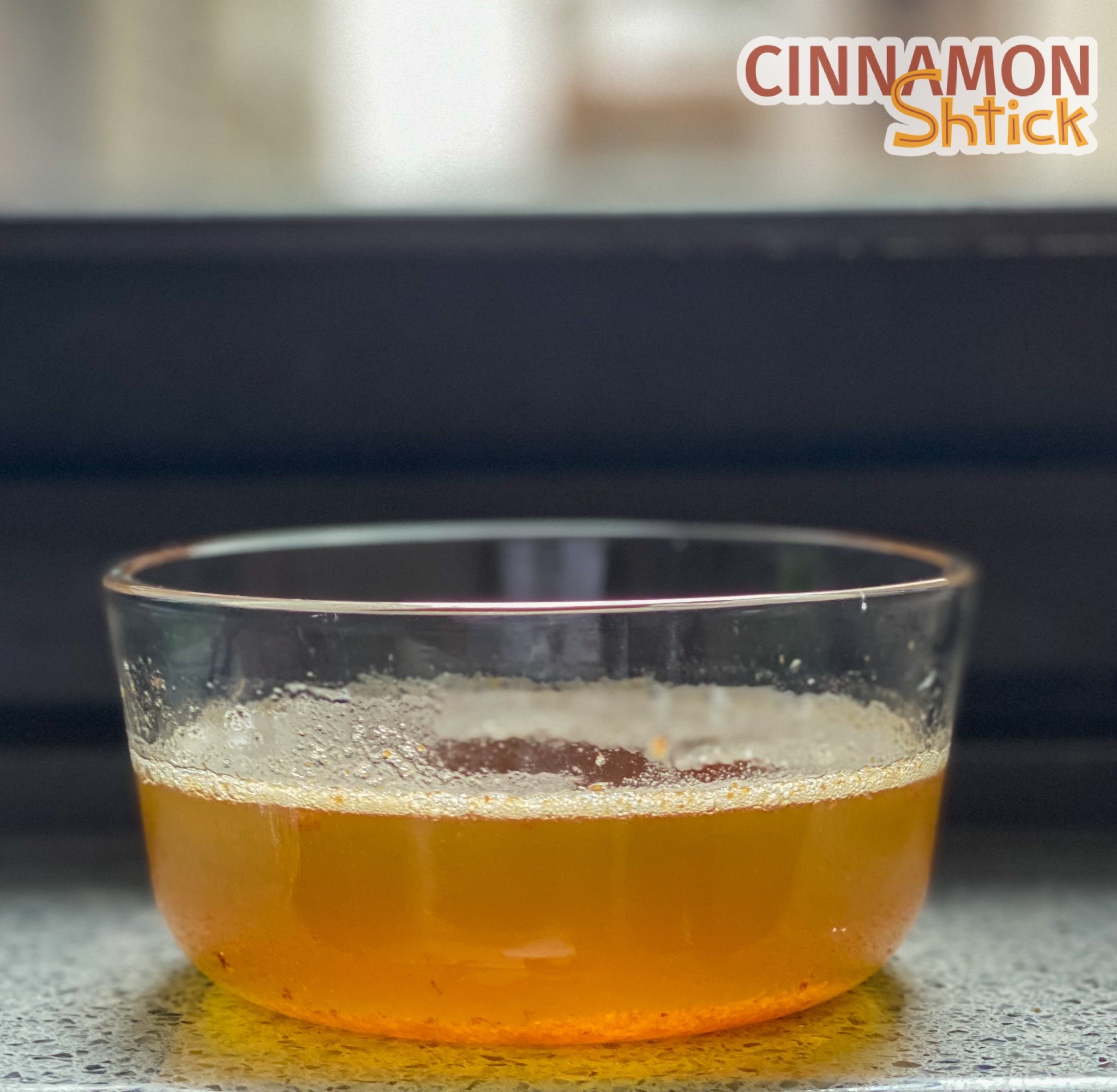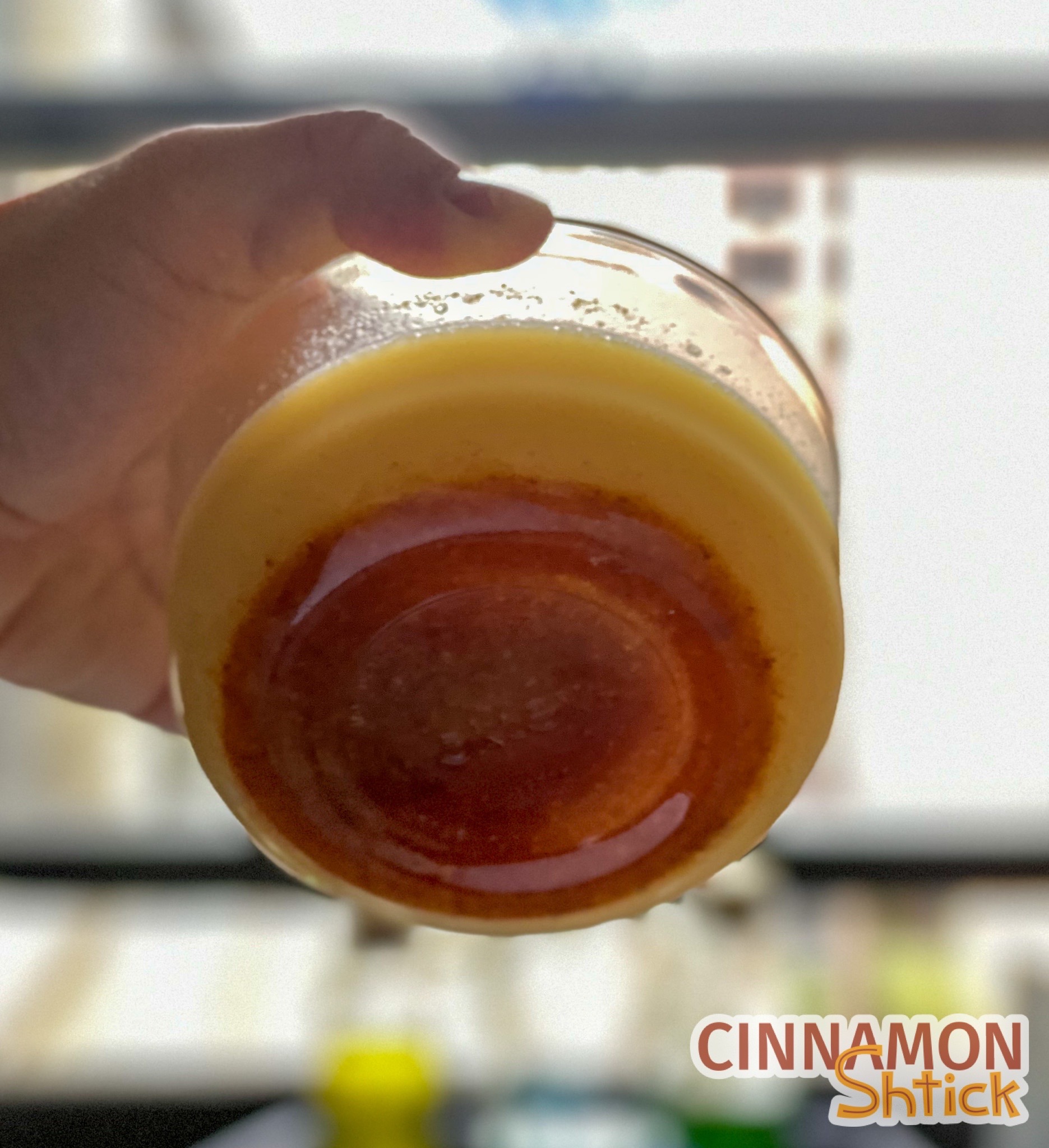This post may contain affiliate links. As an Amazon Associate, I earn from qualifying purchases. For more information, please visit my Privacy Policy.
Yesterday, I posted a recipe for a fabulous Brown Butter Chocolate Chip Cookie. I thought it would be helpful to pull out the section of that post on brown butter and provide some additional information about it.
What is Brown Butter?
Simply, it is cooked butter. The water in it evaporates, and the milk solids toast to a brown color. As the butter heats, the milk solids separate from the rest of the butter. Because they are heavier, the milk solids sink to the bottom of the pan, closest to the heat, causing them to brown. The result is a wonderful, somewhat nutty flavor. It is delicious in just about everything, from baked goods to sauces for entrees like chicken or fish.
How can I use It?
In baking, you can theoretically substitute brown butter for regular butter in any recipe. You can make it with salted or unsalted butter. Here are a few tips for substituting it for regular butter in baking recipes:
- If your recipe calls for melted butter, be sure to let your cooked butter cool to room temperature before incorporating it.
- If your recipe calls for softened, room temperature, or cold butter, be sure to cool your cooked butter to room temperature and then refrigerate it for at least a couple of hours to bring it back to a solid state.
- Regardless of whether your recipe calls for melted, softened, room temperature or cold butter, be mindful of how much butter you need when substituting brown butter. When you make brown butter, you are dehydrating it. That means that, if you brown one stick of butter, what you end up with is actually less than one stick because the water contained in the butter has evaporated. To compensate for this, add approximately one tbsp. or 15-16 grams of liquid, such as water or milk.
How do I Make Brown Butter?
I recommend cutting the butter into equal sized cubes so that it melts evenly and quicker, and first melting it over low heat. Then increase the heat to medium-low to cook it, stirring frequently. The milk solids will sink to the bottom of the pan, so you want to stir frequently to avoid them from sticking and burning. The butter will pop, crackle and foam. It will be difficult to see what is going on in the bottom of the pan, but just keep stirring and lifting the spatula or spoon to see how brown the milk solids are getting. The process should take a few minutes, but it goes fast.
Beware:
The butter can go from brown to burnt very quickly, so keep an eye on it and go with your gut to know when it’s done. Once it is done, immediately remove it from the flame and pour it into a heatproof bowl to cool. You want to get it out of the hot pot to prevent it from cooking further.





Do not let brown butter intimidate you! Once you’ve done it, you will see it is super easy. Brown butter will add a new depth of flavor to your baked goods.
For even deeper flavor using brown butter, check out my Sourdough Discard Chocolate Chip Cookies!


4 Comments
Great post- very helpful! The first time I was so nervous about burning it that it stayed yellow! Your pictures helped and the second time it was perfect.
Pingback: Brown Butter Blondies - Best Recipe and Easy to Make
Pingback: Brown Butter Chocolate Chip Cookies - Best Cookie Recipe
Pingback: Brown Butter Rye Chocolate Chip Cookies - Best Cookie Recipe